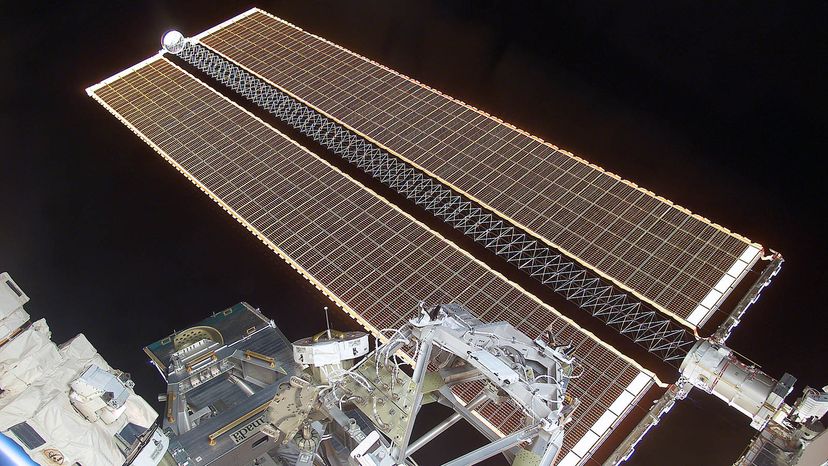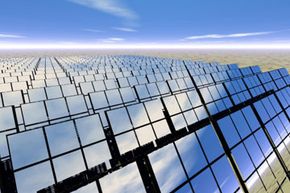
There are no electrical outlets in space. No gas stations, either. For space explorers hovering in the cold, airless regions beyond our atmosphere, power (or the lack thereof) is a matter of life and death. Thanks to our sun, however, solar power is readily available.
Solar technologies generate a majority of the power used during space missions, keeping life support and other vital spacecraft systems working. Solar power is so critical that NASA spends considerable time and money to make solar panels must more efficient, lightweight and affordable.
Advertisement
You don't have to look far to see how important solar power is to NASA. Just gaze skyward. One of humankind's most ambitious projects, the International Space Station (ISS) is dwarfed by the size of its eight 114-foot (35-meter) long solar array wings. Each wing contains around 33,000 solar cells, which convert about 14 percent of the sunlight that hits them into usable energy [source: NASA]. That may not sound very efficient, but even after life support and other vital functions have the power they need, there's still enough juice to power the equivalent of dozens of homes on Earth [source: NASA].
But the ISS features decades-old technology. Thanks to NASA's research and development teams, contemporary solar power designs are significantly better than those aboard the ISS. In fact, NASA has an entire division, called the Advanced Energy: Photovoltaics, which is dedicated to addressing solar power and related challenges. This branch actively partners with private companies and shares scientific knowledge in the hopes of accelerating technological developments.
This knowledge-sharing strategy works. In 1989, NASA partnered with Iowa Thin Film Technologies, Inc. (now PowerFilm, Inc.). PowerFilm devised a way to incorporate paper-thin solar cells onto flexible sheets that can be rolled up for storage. The film is incredibly efficient, too, converting 90 percent of the light that strikes its surface into energy [source: NASA].
In other words, these are nothing like antiquated solar cells from the 1970s. Today's solar cells and associated products are getting better all the time. Keep reading to see how NASA's investments are improving solar power for space missions — and for those of us stuck on the mother planet, too.
Advertisement


